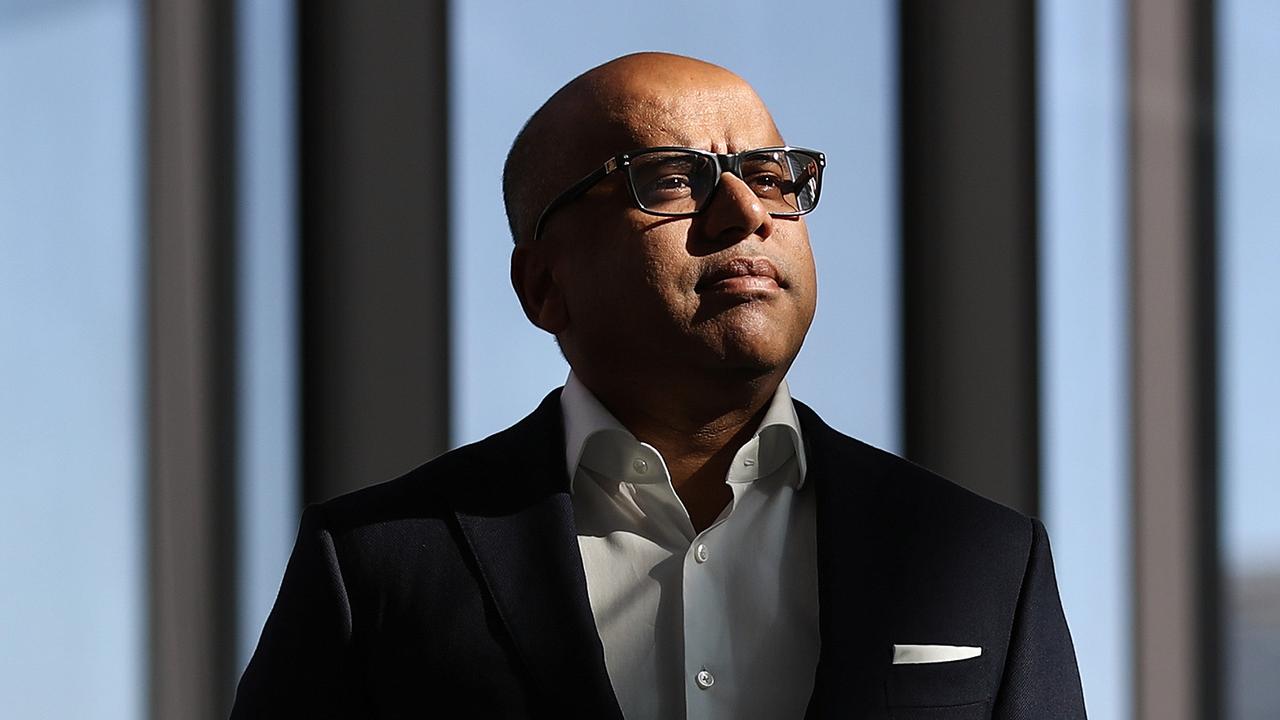National Reconstruction Fund on track for $550m investment goal
The National Reconstruction Fund has invested $400m in seven projects over recent months, including Harrison.ai and has another $150m ready to place before the end of June.
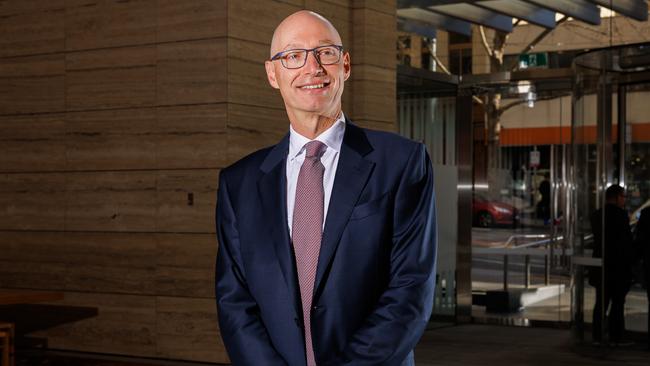
Business
Don't miss out on the headlines from Business. Followed categories will be added to My News.
The Federal Government’s $15bn National Reconstruction Fund Corporation (NRFC) is set to step up its investments after putting $400m in seven different projects in the past few months.
The fund’s chief executive David Gall, a former senior executive with the National Australia Bank who stepped into the role last month, said the fund had pipeline of more investments which it would announce this year.
Recent investments have included $200m in rare earths company Arafura Rare Earths to develop its “Nolans project” in the Northern Territory, $32m in Sydney-based medical artificial intelligence provider Harrison.ai, a $25m investment in South Australian space station telecommunications firm Myriota, and a $22.5m investment in cloud computing provider Vault Cloud.
“We have been working on those investments for the past six or seven months,” Mr Gall said in an interview with The Australian.
“There is a good momentum in the investment pipeline.”
The fund, which was set up in September 2023, has a mandate to invest in ventures which “diversify and transform Australia’s industry and economy.”
It began making its first investments last November and is set to take a higher profile in backing Australian technology and other ventures.
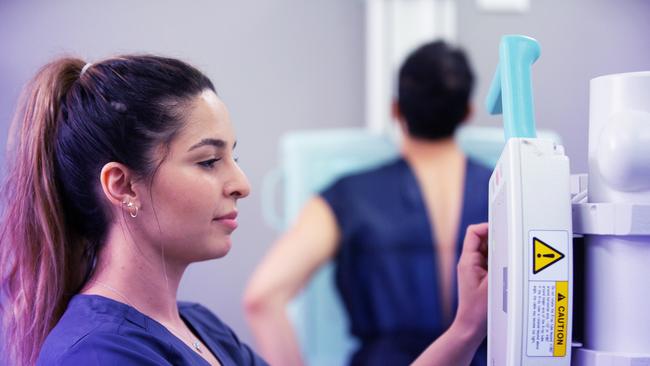
It has a goal of investing $550m by the end of the current financial year, stepping up to more than $1bn in the 2025-26 financial year, and more than $3bn in 2027-28.
It has seven focus areas of investment including resources, transport, medical science, defence capability, renewables and low emission technologies, and agriculture, forestry and fisheries.
The ventures can range from early stage startups, growth-stage companies and mature businesses.
“Our aim is to support Australian businesses which can grow our industrial capability including our manufacturing capability,” Mr Gall said.
“Our priority areas are all areas where Australia can be world class.
“It can include value adding in resources, where we have a comparative advantage,” he said.
“We are also working on seeing some of the opportunities in Australia in artificial intelligence and around quantum and some of what we call enabling technologies.
“The quality of Australian businesses operating in that area is very exciting.”
He said the fund, which can take both equity and debt positions, could come in as a cornerstone investor as part of a broader fund raising for the company.
He said the recent investment in Harrison.ai, a Sydney based company which provides AI diagnostic support solutions for the medical sector, was an example of this, with its investment being made a part of the company’s Series C funding round.
The funding will be used to allow the company to expand its services into new hospitals in Australia and around the world.
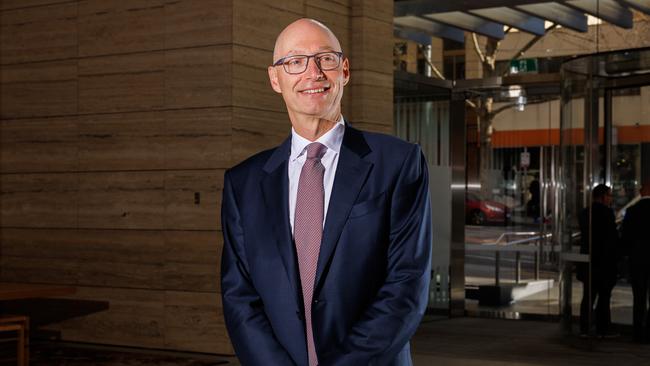
Tesla chair Robyn Denholm is a director of the company.
“Harrison.ai is an example of where the Fund can come in as a cornerstone investment to encourage other private money to come into deals,” Mr Gall said.
“That way we can help companies commercialise some of their capability and build it more rapidly.”
Mr Gall said Harrison.ai was the type of Australian business which might have had to go offshore in the past to raise the money to commercialise its technology.
“It is staying here in Australia, and it can create well paying and highly capable jobs here which is pretty exciting,” he said.
The fund’s mandate includes having to get equal investment from the private sector for every dollar it invests in a company.
Its goal is to eventually become self sustaining, delivering a return on its investments of two to three per cent over the five year Federal Government bond rate over the medium to long term.
Mr Gall said the fund would never be a majority owner of a business and would invest in a range of businesses at different stages.
“From a portfolio point of view, we would not want to be putting too much into early stage emerging capabilities,” he said.
“We have an investment committee and processes in place to ensure that we take a full portfolio approach, and we don’t have all our eggs in the one basket.”
The fund’s largest single investment to date is its $200m investment in a rare earths mining venture north of Alice Springs by Gina Rinehart-backed ASX listed Arafura Rare Earths.
The company plans to build a $1.7bn mine and refinery which it says could supply around four per cent of the world’s demand for neodymium and praseodymium (NdPr) from 2032 – rare earths which are used in the manufacture of magnets used in wind turbines and electric vehicles.
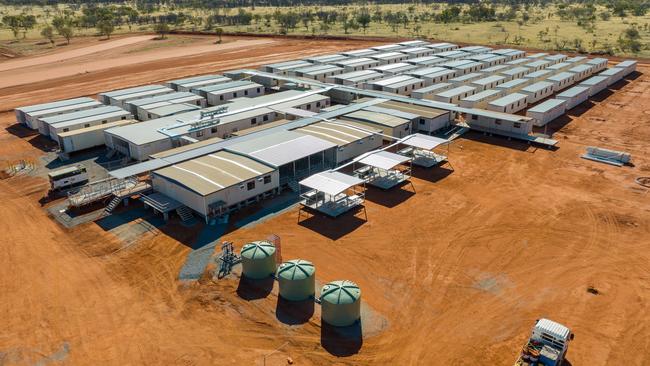
Announcing the deal in January, Federal Industry Minister, Ed Husic, said the project would create hundreds of jobs and give Australia a strategic foothold in the rare earths industry.
The company has offtake agreements with European wind turbine company, Siemens Gamesa, and South Korean electric car company Hyundai.
The fund described the investment as “transformational for the rare earths industry in Australia,” saying it would provide a “catalyst” for the company to raise the rest of the funding needed for the project to reach development stage.
An early investment made by the Fund was a $13m equity stake in a diamond quantum technology company Quantum Brilliance.
The company makes quantum diamonds for quantum computing applications.
Announcing that deal, Quantum Brilliance chief executive and founder Mark Luo said the company was hoping to lead the world in diamond quantum technology in the same way as NVIDIA had done for the AI industry.
Mr Gall said the fund would look at ways where it could learn from other government agencies such as the Clean Energy Finance Corporation (CEFC).
He said the fund could look to work with the CEFC as part of its goal to encourage the development of Australia’s capacity in the areas of renewables and low emission technologies.
“Our fund is not about providing funding to build wind farms or solar panels, but if there are manufacturers who are building the capabilities for those renewable energy plants, we may be able to support those businesses.”
He said he hoped the fund could also encourage other investors such as superannuation funds and private capital to invest in the ventures it was backing.
He said super funds often complained they had to invest offshore as they could not find enough attractive investments in Australia.
“Hopefully we can help create attractive alternatives for them to invest in Australia and commercialise great innovation here.
“Our priority is areas where Australian companies can compete not only on quality, but on overall value, particularly the commercialisation of some of these new technologies.”
The fund currently has offices in Sydney, Melbourne and Canberra with plans to expand its footprint in South Australia, Western Australia and Queensland.
Originally published as National Reconstruction Fund on track for $550m investment goal



